
Deutsch-Chinesische Enzyklopädie, 德汉百科
 Spain
Spain

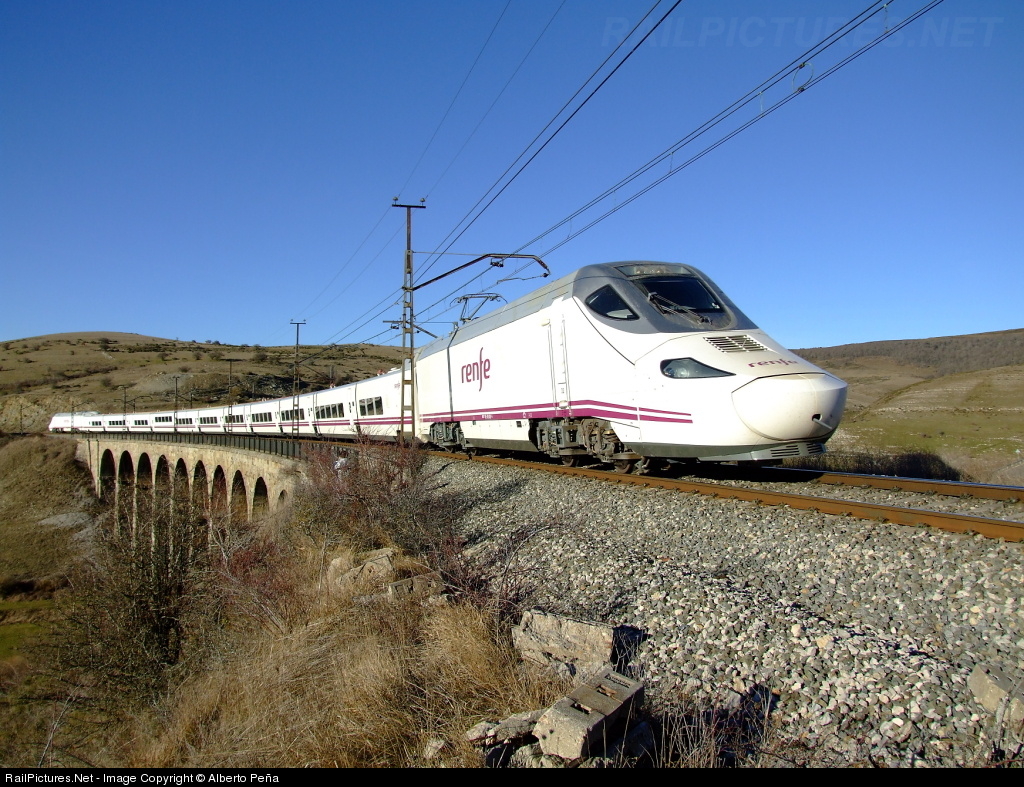


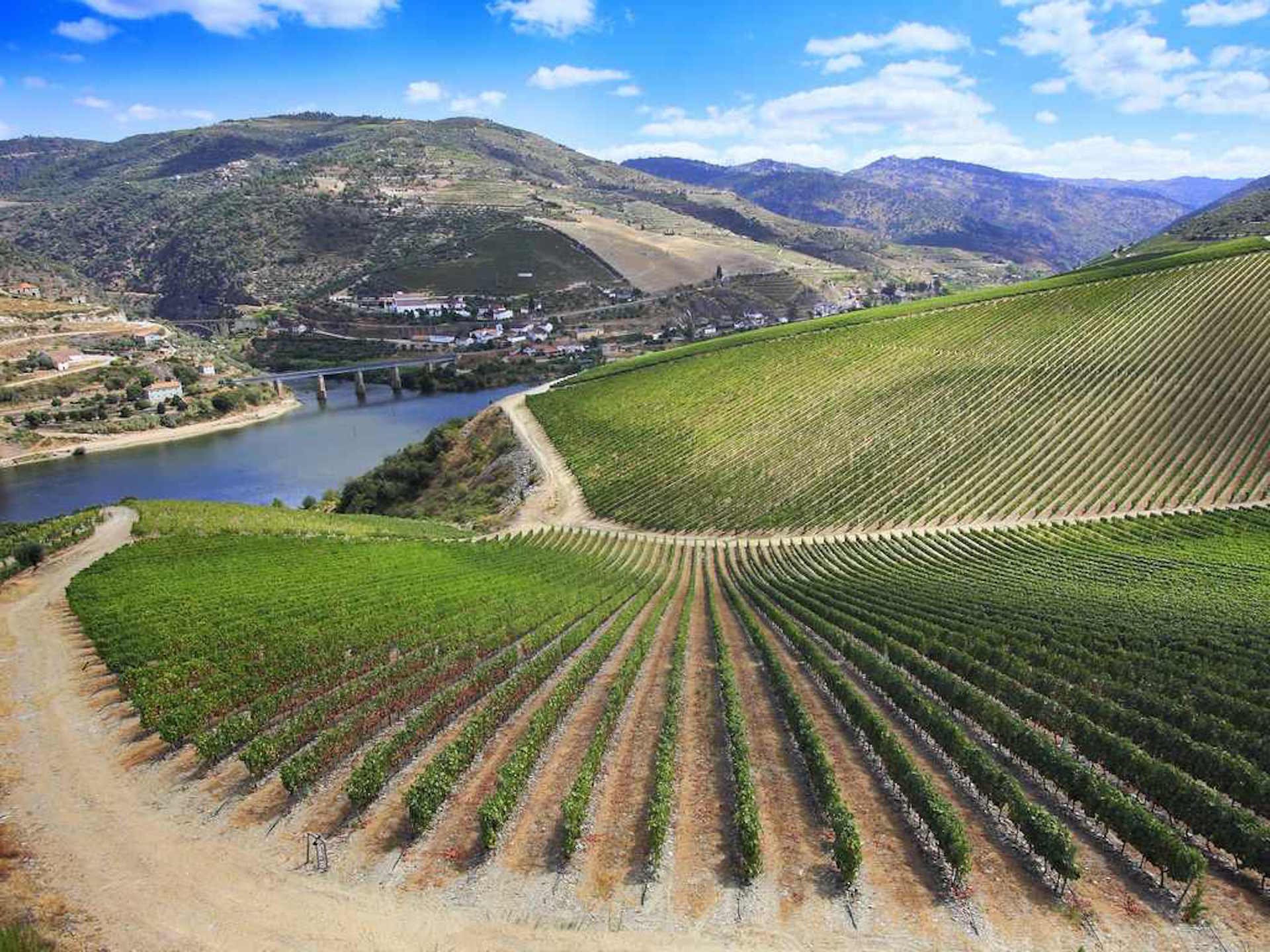
 *Mediterranean Sea
*Mediterranean Sea
 Egypt
Egypt
 Algeria
Algeria
 Belgium
Belgium
 Bulgaria
Bulgaria
 Germany
Germany
 France
France

 History
History
 H 1000 - 500 BC
H 1000 - 500 BC

 History
History
 J 0 - 500 AD
J 0 - 500 AD

 History
History
 I 500 - 0 BC
I 500 - 0 BC
 Israel
Israel
 Italy
Italy
 Jordan
Jordan
 Croatia
Croatia
 Libanon
Libanon
 Libya
Libya
 Morocco
Morocco
 Netherlands
Netherlands
 Portugal
Portugal

 Review
Review
 Romania
Romania
 Switzerland
Switzerland
 Serbia
Serbia
 Spain
Spain
 Syria
Syria

 Traditions
Traditions
 Tunisia
Tunisia
 Turkey
Turkey
 Hungary
Hungary
 United Kingdom
United Kingdom

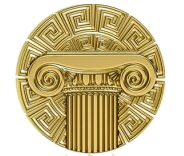 Civilization
Civilization
 Cyprus
Cyprus

Als römische Architektur bezeichnet man die Baukunst der Römer zur Zeit der römischen Republik und der Kaiserzeit. Die römische Architekturgeschichte umfasst damit einen Zeitraum von etwa neun Jahrhunderten (500 v. Chr.–400 n. Chr.). Die Epochen der römischen Architektur werden nach einzelnen Herrschern, Dynastien oder retrospektiv formulierten historischen Zeitabschnitten benannt. Die seitens der Klassischen Archäologie geprägten Epochen- oder Stilbegriffe finden keine Entsprechungen in der schriftlichen antiken Überlieferung, entsprechen also nicht antiker Wahrnehmung und Einteilung.
古罗马建筑(英语:Ancient Roman architecture),是指由古罗马人创造并且扩展到地中海沿岸其所控制疆域的一种新风格的建筑艺术,经常简称为罗马建筑(英语:Roman architecture)。它直接继承了古希腊晚期的建筑成就,而且将其向前大大推进,使之在1到3世纪达到奴隶制时代全世界建筑的顶峰[1][2]。在西方学术界传统上特指古罗马共和国与帝国时期的建筑[3],中文学术界定义较为宽泛,有时可以包括前期的伊特鲁里亚建筑[4],也可以包括分裂之后的西罗马帝国建筑[2],但是一般不包含东罗马帝国建筑。

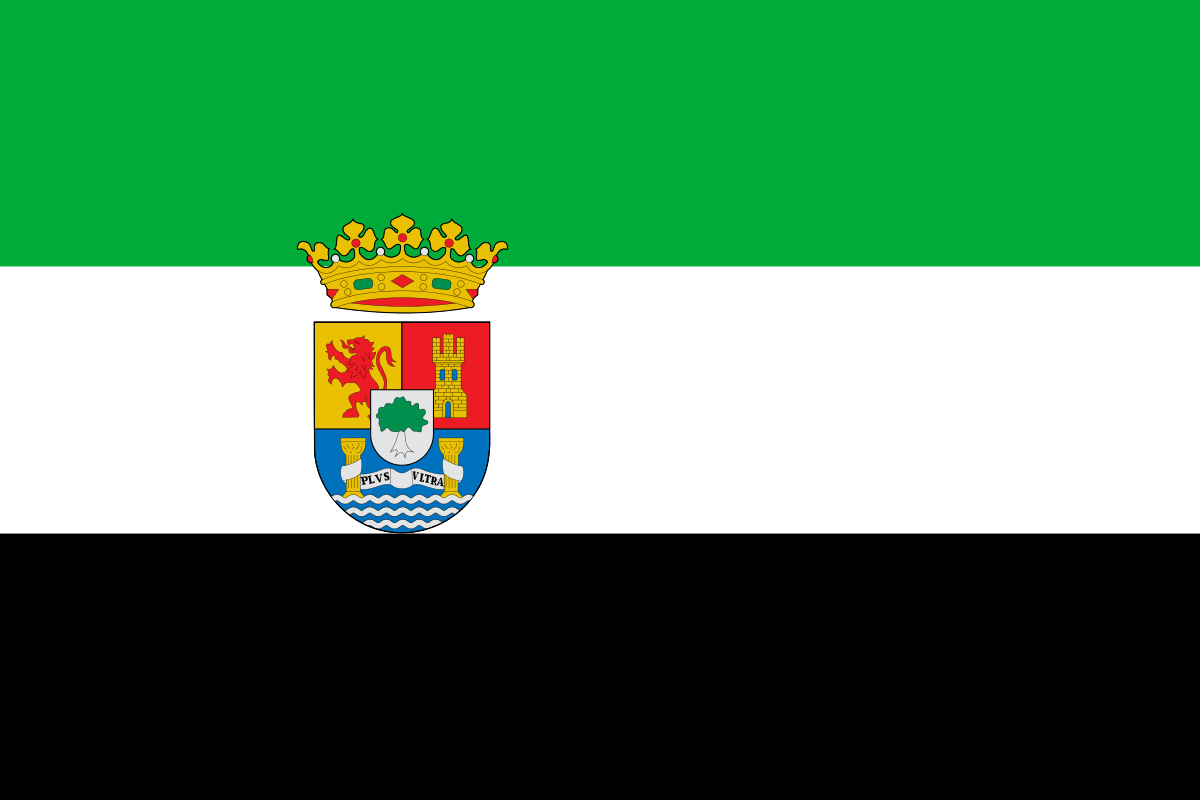 Extremadura
Extremadura

 History
History
 I 500 - 0 BC
I 500 - 0 BC

 Music
Music
 I 500 - 0 BC
I 500 - 0 BC

 Music
Music
 Music Hall, State Theater, Opera House
Music Hall, State Theater, Opera House
 Spain
Spain

 World Heritage
World Heritage
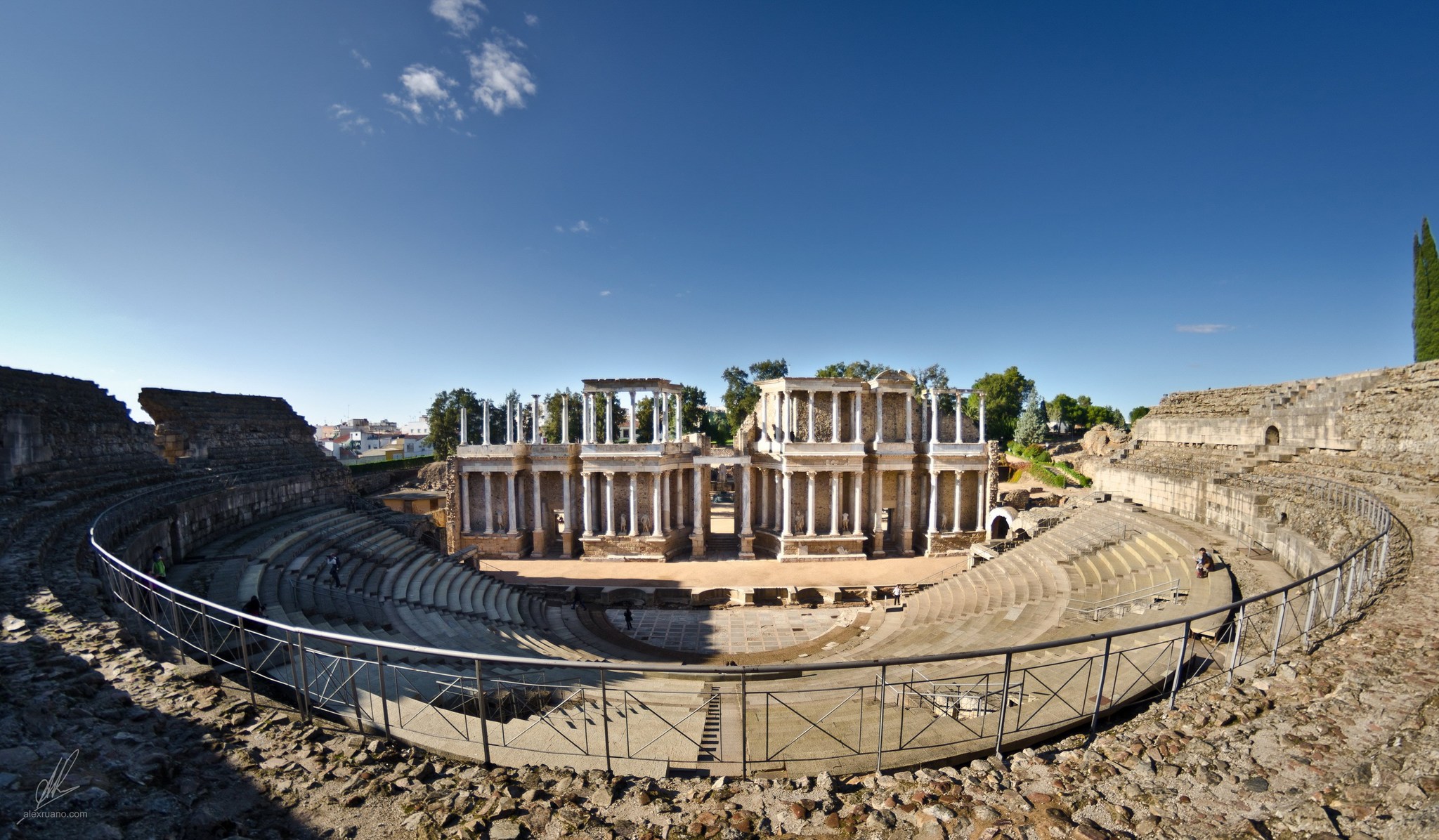
梅里达罗马剧场是一座由古罗马在其奥古斯达埃梅里达殖民地(位于今天西班牙的梅里达)建造的古代剧场。该剧场的建造由玛尔库斯·维普撒尼乌斯·阿格里帕执政官推动,而根据建筑中铭刻的日期,该剧场是在公元前16-15年落成的。据1964年主持修复该剧场的建筑师 José Menéndez-Pidal 言,[1]“(此剧场)是埃梅里达所有古迹中最主要的建筑”。而在1993年,该剧场作为梅里达考古集合的一部分成为了世界遗产。
Das glanzvolle monumentale Römische Theater in Mérida ist das am besten erhaltene seiner Art in Europa und dient nach seiner Wiederherstellung als Bühne für Schauspiele und Recitals. Zuschauer aus aller Welt lassen sich Jahr für Jahr von den klassischen Werken verzaubern, die im originalen Rahmen dieses architektonischen Kleinods aus dem 1. Jh. v.Chr. aufgeführt werden. Hunderttausende Touristen strömen jedes Jahr in die zum Welterbe erklärte Stadt, dessen Mittelpunkt das Theater bildet.
Einer Aufführung in diesem unvergleichlichen Rahmen beizuwohnen, den das Theater von Mérida bietet, ist ein einzigartiges und unvergessliches Erlebnis. Der Berghang, an den sich die halbrunde Zuschauertribüne für ursprünglich 6 000 Zuschauer anschmiegt, schafft eine Akustik, die selbst noch den leisesten Ton der Redner verstärkt. Im Zentrum steht die eindrucksvolle, mit korinthischen Marmorsäulen geschmückte Bühne, die als eine der schönsten und grandiosesten des gesamten Römischen Reichs angesehen wird.
Seit der Wiederherstellung des lange Jahre zerstörten und mit Erde bedeckten Bühnenraums in den ersten Jahrzehnten des 20. Jahrhunderts beherbergen die tausendjährigen Steine des Theaters Schauspiele, Ballettaufführungen und andere künstlerische Darbietungen. Das seit 1933 jeden Sommer stattfindende Festival für Klassisches Theater ist ein bedeutendes Kulturereignis, das dem Besucher - einer Zeitreise gleich - gestattet, das Erbe Griechenlands und Roms in seinem ursprünglichen Rahmen zu genießen. Das spektakuläre Festival hat sich zu einer Veranstaltung von internationalem Rang entwickelt.
Eine Stadt voller Baudenkmäler
Direkt neben dem Theater befindet sich das Amphitheater und ganz in der Nähe der Zirkus. Diese eindrucksvollen Bauwerke zur Freizeitgestaltung sind Teil der befestigten römischen Kolonie, deren einstmals vollständig Stadtgefüge selbstverständlich auch über Straßen, Bögen, Foren und Wohnhäuser wie das Mithräum sowie schöne Tempel wie den Dianatempel verfügten. Abgesehen von den Brücken über die Flüsse Guadiana und Albarregas, an denen die Stadt liegt, erbauten die Römer auch den Aquädukt Los Milagros und die beiden Stauseen Proserpina und Cornalvo im gleichnamigen Naturpark.
The Roman Theatre of Mérida is a construction promoted by the consul Vipsanius Agrippa in the Roman city of Emerita Augusta, capital of Lusitania (current Mérida, Spain). It was constructed in the years 16 to 15 BCE.
The theater has undergone several renovations, notably at the end of the 1st century or early 2nd century CE (possibly during the reign of Emperor Trajan), when the current facade of the scaenae frons was erected, and another in the time of Constantine I (between 330 and 340) which introduced new decorative-architectural elements and a walkway around the monument. Following the theatre's abandonment in Late Antiquity, it was slowly covered with earth, with only the upper tiers of seats (summa cavea) remaining visible. In local folklore the site was referred to as "The Seven Chairs", where, according to tradition, several Moorish kings sat to decide the fate of the city.
Il Teatro romano di Mérida è uno storico teatro della città spagnola di Mérida, in Estremadura (Spagna meridionale), costruito nel 15-16 a.C.[1][2][3] per volere di Marco Vipsanio Agrippa[1][2]. Tra i teatri romani meglio conservati al mondo[4] e considerato il teatro romano meglio conservato in Europa[5], è annoverato - unitamento al contiguo anfiteatro romano - dall'Unesco nel patrimonio dell'umanità[5].
È tuttora utilizzato per rappresentazioni classiche, in particolare durante il Festival de Teatro Clásico che si svolge ogni estate dal 1933[4][5] ed è visitato da circa 100.000 turisti l'anno[5].
El teatro romano de Mérida es un teatro histórico levantado por la Antigua Roma en la colonia Augusta Emerita, actual Mérida (España). Su creación fue promovida por el cónsul Marco Vipsanio Agripa y, según una fecha inscrita en el propio teatro, su inauguración se produjo hacia los años 16-15 a. C. «Príncipe entre los monumentos emeritenses», como lo denominó el arquitecto José Menéndez-Pidal,1 el teatro es Patrimonio de la Humanidad desde 1993 como parte del conjunto arqueológico de Mérida.
El teatro ha sufrido varias remodelaciones, la más importante durante el siglo I d. C., cuando se levantó el frente escénico actual, y otra en época de Constantino I, entre los años 333 y 337. El teatro fue abandonado en el siglo IV d. C. tras la oficialización en el Imperio romano de la religión cristiana, que consideraba inmorales las representaciones teatrales. Demolido parcialmente y cubierto de tierra, durante siglos la única parte visible del edificio fueron las gradas superiores, bautizadas por los emeritenses como «Las Siete Sillas». Las excavaciones arqueológicas en el teatro comenzaron en 1910 y su reconstrucción parcial en 1962. Desde 1933 alberga la celebración del Festival Internacional de Teatro Clásico de Mérida.


Die alte iberische Siedlung wurde 219 v. Chr. von Hannibal besucht. Unter römischer und westgotischer Herrschaft (133 v. Chr. bis ca. 712 n. Chr.) wuchs die Stadt zu einem wichtigen Handelszentrum. Im 8. Jahrhundert wurde Salamanca von den Mauren eingenommen: Im Zuge der maurischen Invasion der iberischen Halbinsel eroberte Musa ibn Nusayr die Stadt. Erst 1085 wurde sie von Alfons VI. von León zurückerobert. Während der Eroberungen und Rückeroberungen wurde die Stadt weitgehend zerstört und war längere Zeit unbewohnt. Unter Raimundo de Borgoña begann 1102 die Zeit der Wiederbevölkerung. Die christlichen Neusiedler erhoben sich 1162 gegen Kastilien-Leon und riefen 1163 Portugal zu Hilfe, das Salamanca bis 1165 besetzte.
Seine Blüte erlebte Salamanca im 16. Jahrhundert. 1524 wurde der Bau von Kirche und Kloster San Esteban begonnen.
Bei der Schlacht bei Salamanca, am 22. Juli 1812, besiegte eine britisch-portugiesische Armee unter Wellington eine französische Armee unter Marmont.
Seit 1980 sind Salamanca und Würzburg Partnerstädte. 1988 wurde Salamanca von der UNESCO zum Weltkulturerbe erklärt.
Die Salamanca-Erklärung[2] mit der Nennung von Inklusion als wichtigstes Ziel der internationalen Bildungspolitik und in der Folge ein erster internationaler Rahmen für deren Umsetzung war das Hauptergebnis der UNESCO-Konferenz Pädagogik für besondere Bedürfnisse: Zugang und Qualität, welche vom 7. bis 10. Juni 1994 in Salamanca stattfand: hier trafen sich über 300 Teilnehmer, die 92 Regierungen und 25 internationale Organisationen repräsentierten, um das Ziel „Bildung für Alle“ zu unterstützen. Im Jahr 2002 war Salamanca zusammen mit Brügge die Kulturhauptstadt Europas.
Salamanca (Spanish pronunciation: [salaˈmaŋka]) is a city in northwestern Spain that is the capital of the Province of Salamanca in the community of Castile and León. The city lies on several hills by the Tormes River. Its Old City was declared a UNESCO World Heritage Site in 1988. With a metropolitan population of 228,881 in 2012 according to the National Institute of Statistics (INE), Salamanca is the second most populated urban area in Castile and León, after Valladolid (414,000), and ahead of León (187,000) and Burgos (176,000).
It is one of the most important university cities in Spain and supplies 16% of Spain's market for the teaching of the Spanish language.[1][2] Salamanca attracts thousands of international students.[3]
It is situated approximately 200 kilometres (120 miles) west of the Spanish capital Madrid and 80 km (50 mi) east of the Portuguese border. The University of Salamanca, which was founded in 1218, is the oldest university in Spain and the fourth oldest western university, but the first to be given its status by the Pope Alexander IV who gave universal validity to its degrees.[4] With its 30,000 students, the university is, together with tourism, a primary source of income in Salamanca. It is on the Via de la Plata path of the Camino de Santiago.
Salamanque, Salamanca en espagnol, est une commune de la province de Salamanque dans la communauté autonome de Castille-et-León en Espagne. Elle est la capitale de la province et est une ville de près de 150 000 habitants (en 2014). Son aire métropolitaine atteint près de 230 000 habitants, ce qui en fait la deuxième de la communauté après Valladolid en termes démographiques.
Salamanque abrite la plus ancienne université encore en activité d'Espagne. L'Université de Salamanque fut créée en 1218 par Alphonse IX de León et fut la première d'Europe à obtenir ce titre par l'édit de 1253 de Alphonso X de Castille. Durant l'époque de son rayonnement, une phrase populaire s'est formée : « Quod natura non dat, Salmantica non præstat » signifiant « Ce que la nature ne donne pas, Salamanque ne (le) prête pas ».
Des personnalités célèbres comme : Antonio de Nebrija, Christophe Colomb, Fernando de Rojas, Francisco de Vitoria et l'École de Salamanque, Fray Luis de León, ou Miguel de Unamuno avaient des liens avec la ville.
En 1988, la ville fut déclarée au Patrimoine de l'Humanité par l'Unesco. Elle comporte un patrimoine architectural important, avec ses deux cathédrales, la vieille et la récente, la maison des coquillages, la Plaza Mayor, le Couvent de San Esteban et les Écoles Majeures. En 2002, elle fut la Capitale européenne de la culture et depuis 2003, sa Semaine sainte est déclarée comme fête d'intérêt touristique international.
À Salamanque se trouvent d'importants centres de recherche comme le centre de recherche contre le cancer, le centre de recherche et du développement technologique de l'eau.
De plus, dans l'actualité, la ville est considérée comme une référence mondiale dans l'enseignement de la langue espagnole puisqu'elle concentre 78 % des offres existantes en Castille-et-León et 16 % en Espagne[réf. nécessaire].
Salamanca (in latino Salmantica) è una città spagnola, capoluogo della provincia omonima. Si trova nella Comunità Autonoma di Castiglia e León nella meseta settentrionale. È stata dichiarata Patrimonio dell'umanità dall'UNESCO nel 1988.
Il settore dei servizi (turismo culturale e Università) è la principale fonte dei redditi della città. Rilevante l'attività educativa soprattutto durante l'estate, che conta una grande affluenza di studenti stranieri, che in maggioranza arrivano per apprendere lo spagnolo e ad assistere a diversi corsi estivi di lingua e cultura spagnola di livello universitario.
È famosa per la sua Università, che è la più antica di Spagna. Fu fondata nel XIII secolo durante il regno di Alfonso IX di León, e ha raggiunto il punto di massimo splendore nel XVI secolo.
La scuola filosofica di Salamanca, all'epoca, si è distinta soprattutto per la riflessione sul diritto naturale, a partire dall'incontro-scontro tra Spagnoli e Indios, nel Nuovo Mondo. Francisco de Vitoria, domenicano come Bartolomeo de Las Casas, si è distinto per le sue lezioni sugli Indios, in cui, basandosi sull'idea di diritto naturale come presentata da Tommaso d'Aquino, critica le presunte motivazioni degli spagnoli per la guerra di conquista. È pertanto considerato uno dei fondatori del diritto internazionale moderno.
Salamanca es un municipio y ciudad española, capital de la provincia homónima, situada en la comunidad autónoma de Castilla y León. Está ubicada en la comarca del Campo de Salamanca, en plena meseta Norte, en el cuadrante noroeste de la península ibérica. Posee una población de 144 436 habitantes empadronados (INE, 2017). Su área funcional estable alcanza los 203 999 ciudadanos, lo que la convierte en la tercera más poblada de la comunidad, tras la de Valladolid y la de León.11
Los orígenes de la urbe se remontan a hace unos 2700 años, durante la primera Edad de Hierro, cuando los primeros pobladores de la ciudad se asentaron en el cerro de San Vicente, a la ribera del Tormes. Desde entonces, la metrópoli ha sido testigo del paso de diversos pueblos: vacceos, vetones, romanos, visigodos y musulmanes.12 Raimundo de Borgoña, yerno del rey Alfonso VI de León, fue el encargado de repoblar la ciudad durante el Medievo y asentar las bases de la Salamanca actual.12
Salamanca alberga la universidad, en activo, más antigua de España, la Universidad de Salamanca, fundada en 1218 por Alfonso IX de León sobre el germen de su estudio general, y que fue la primera de Europa que ostentó el título de universidad por real cédula de Alfonso X el Sabio con fecha de 9 de noviembre de 1252 y por la licentia ubique docendi del papa Alejandro IV de 1255.131415 Durante la época en la que fue una de las universidades más prestigiosas de Occidente se hizo popular la frase «Quod natura non dat, Salmantica non præstat», ‘Lo que la naturaleza no da, Salamanca no presta’.16 Salamanca está ligada a la historia universal por nombres propios como Antonio de Nebrija, Cristóbal Colón, Fernando de Rojas, Francisco de Vitoria y la Escuela de Salamanca, fray Luis de León, o Miguel de Unamuno.
En 1988, la ciudad vieja fue declarada Patrimonio de la Humanidad por la Unesco.171819 Cuenta con un importante patrimonio histórico-arquitectónico, entre el que destacan sus dos catedrales —la Vieja y la Nueva—, la Casa de las Conchas, la plaza Mayor, el convento de San Esteban y las Escuelas Mayores.20 En 2002, fue nombrada, junto con la ciudad belga de Brujas, Capital Europea de la Cultura por el Consejo de la Unión Europea y el Parlamento Europeo.21 Desde 2003, su Semana Santa está declarada de interés turístico internacional.22 En 2005, acogió la celebración de la XV Cumbre Iberoamericana23 y desde el mismo año celebra anualmente el Festival Internacional de las Artes de Castilla y León.24
En Salamanca se encuentran importantes instituciones científicas y centros de investigación, como el Centro de Investigación del Cáncer,25 el Instituto de Neurociencias de Castilla y León (INCyL),26 el Centro de Investigación y Desarrollo Tecnológico del Agua (CIDTA)27 y el Centro de Láseres Pulsados Ultracortos Ultraintensos (CLPU).28 En la actualidad, la ciudad y su área metropolitana, acogen a algunas de las mayores empresas, por facturación, de la comunidad autónoma de Castilla y León.29 Además, en la actualidad, está considerada como el gran referente mundial en la enseñanza del español,30 ya que concentra el 78 % de la oferta existente en su comunidad autónoma, lo que representa el 16 % del mercado nacional.31
Саламáнка (исп. Salamanca ) — город на западе Испании, входящий в состав автономного сообщества Кастилия и Леон. Центр одноимённой провинции. Расстояние до португальской границы составляет 80 км.
Один из важнейших культурно-исторических центров Испании. Старый город располагается на высоте 778 метров на северном берегу реки Тормес. В 1988 году ЮНЕСКО включило старый город в состав Всемирного наследия. Культурная столица Европы 2002 года.
Население города составляет 160 тыс. человек, имеются железнодорожный вокзал и аэропорт, государственный и католический университеты.
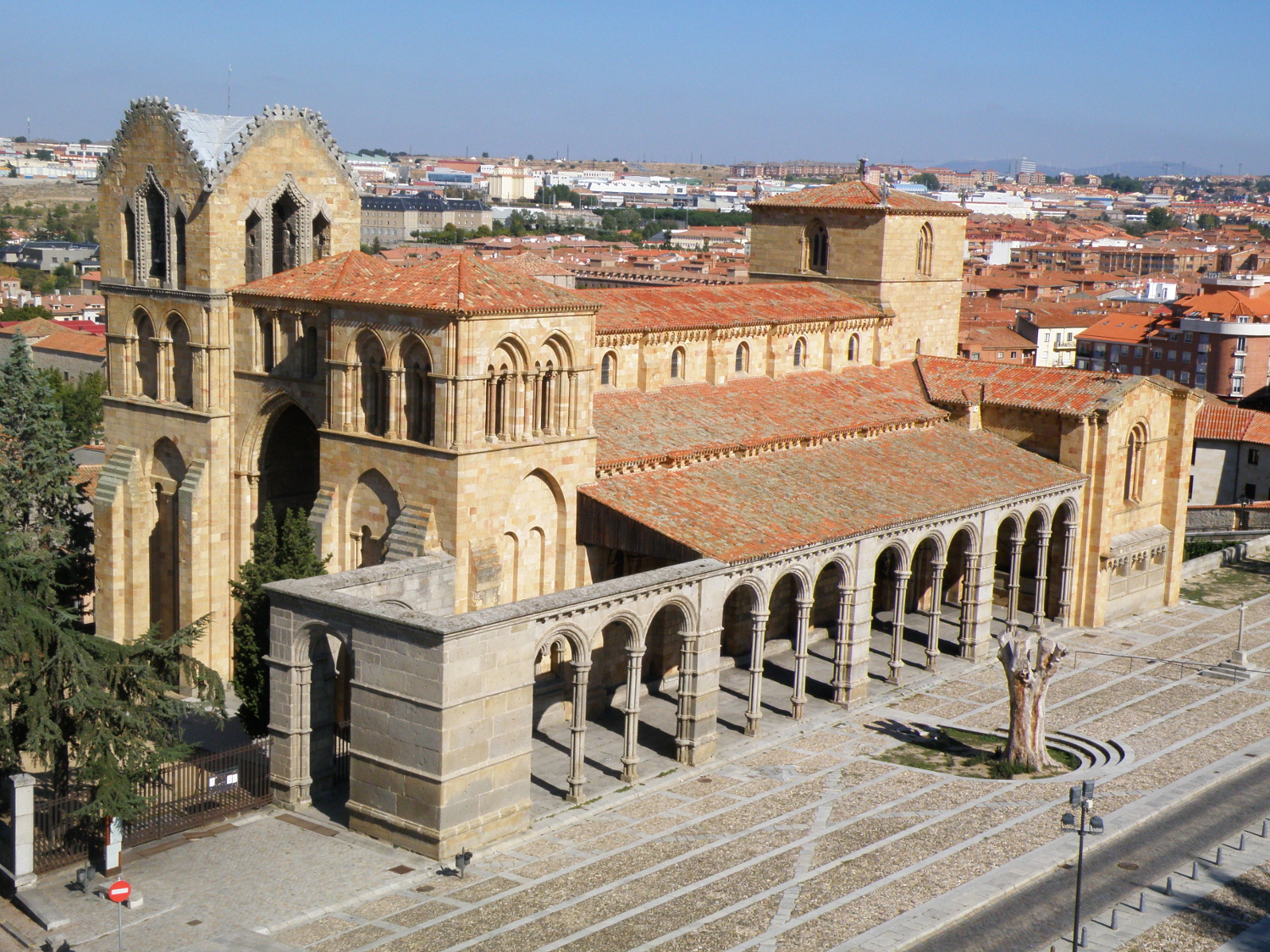

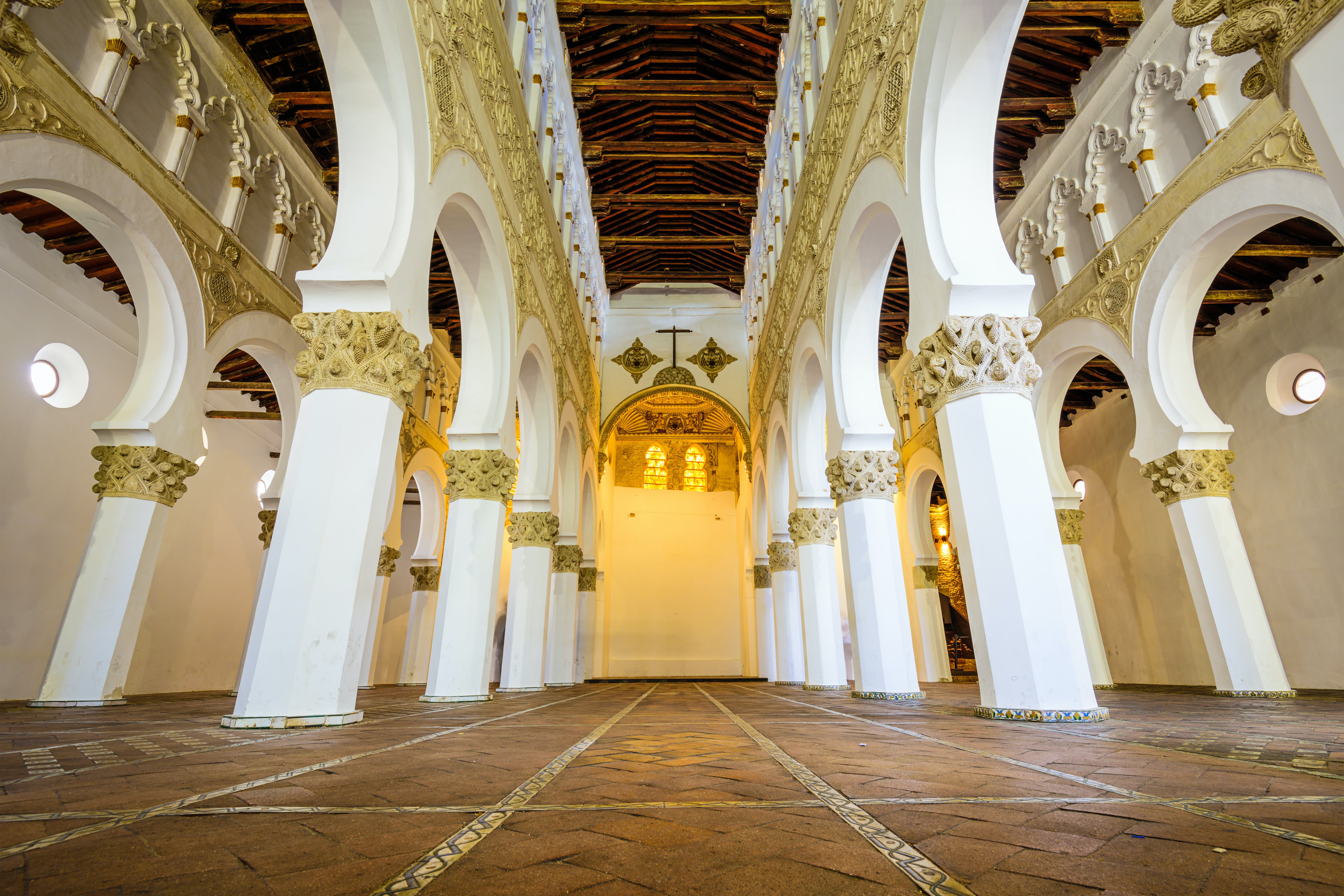

 Transport and traffic
Transport and traffic
 Energy resource
Energy resource
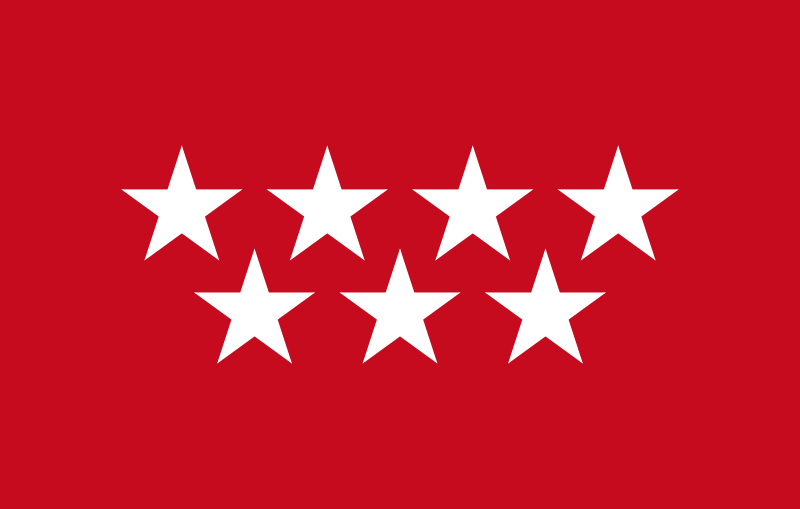 Madrid
Madrid
 Companies
Companies
 Eat and Drink
Eat and Drink
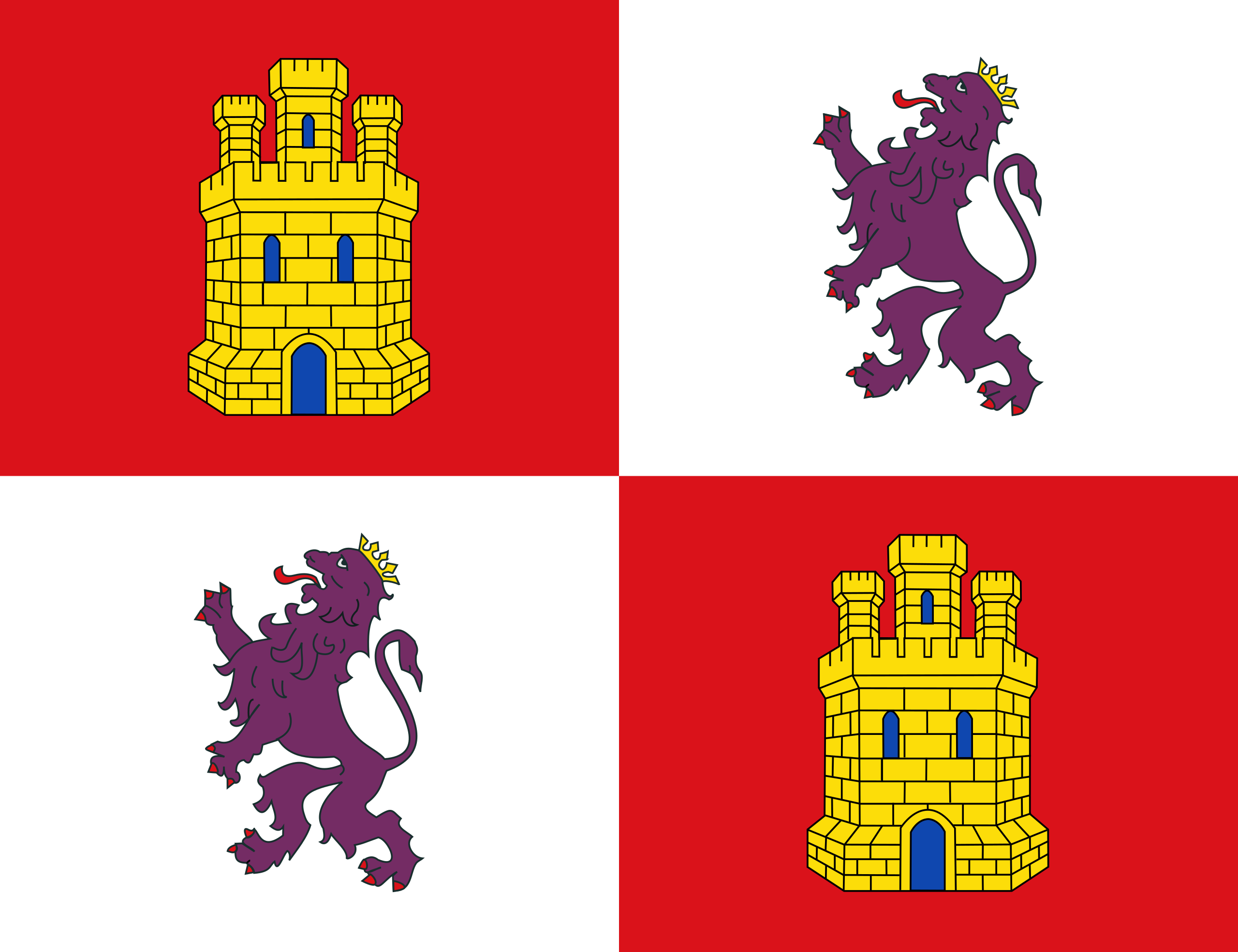 Castilla y León
Castilla y León
 Architecture
Architecture
 Astronomy
Astronomy
 Balearic Islands
Balearic Islands


 Aerospace
Aerospace
 International cities
International cities
 Religion
Religion
 Holidays
Holidays
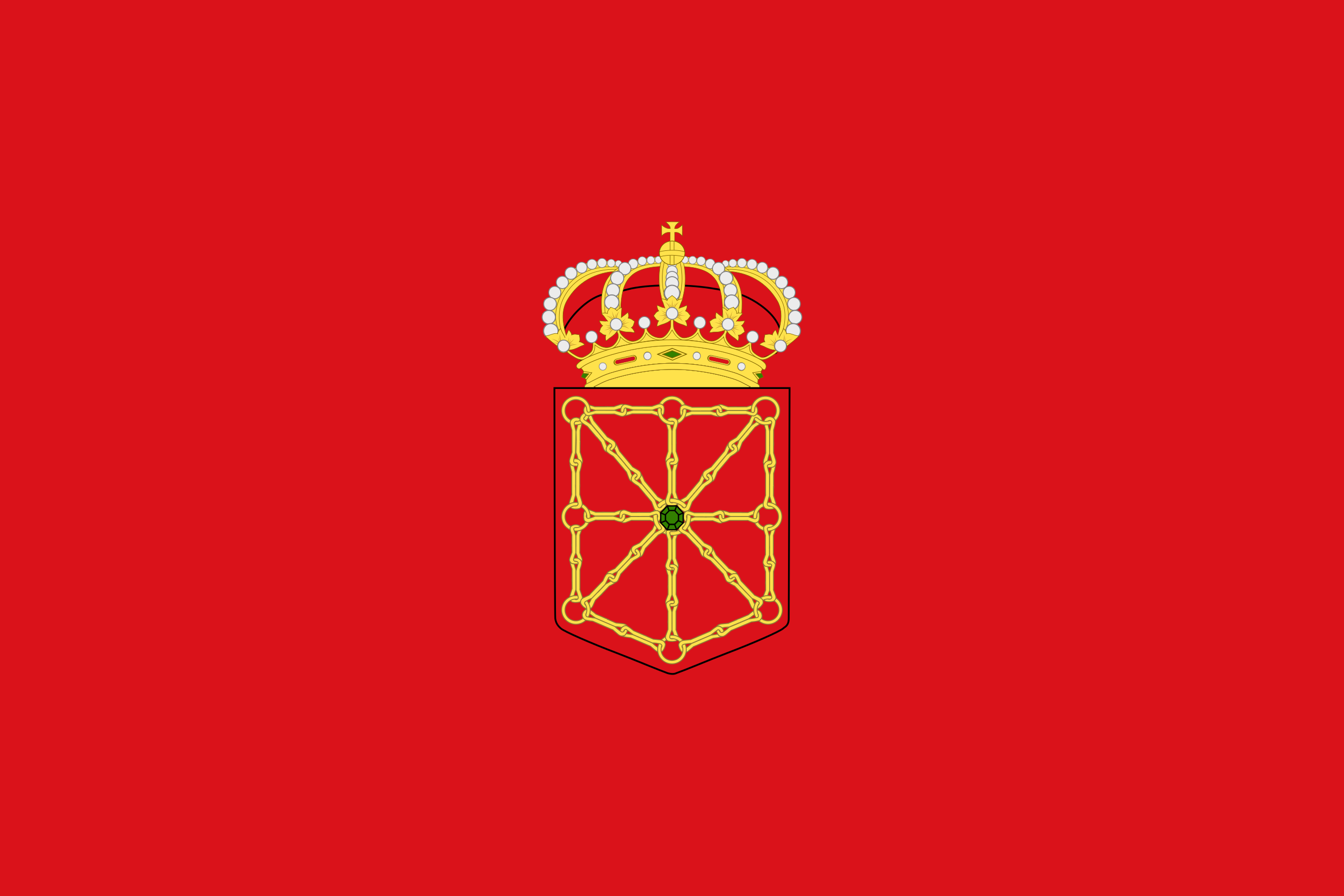 Foral Community of Navarra
Foral Community of Navarra
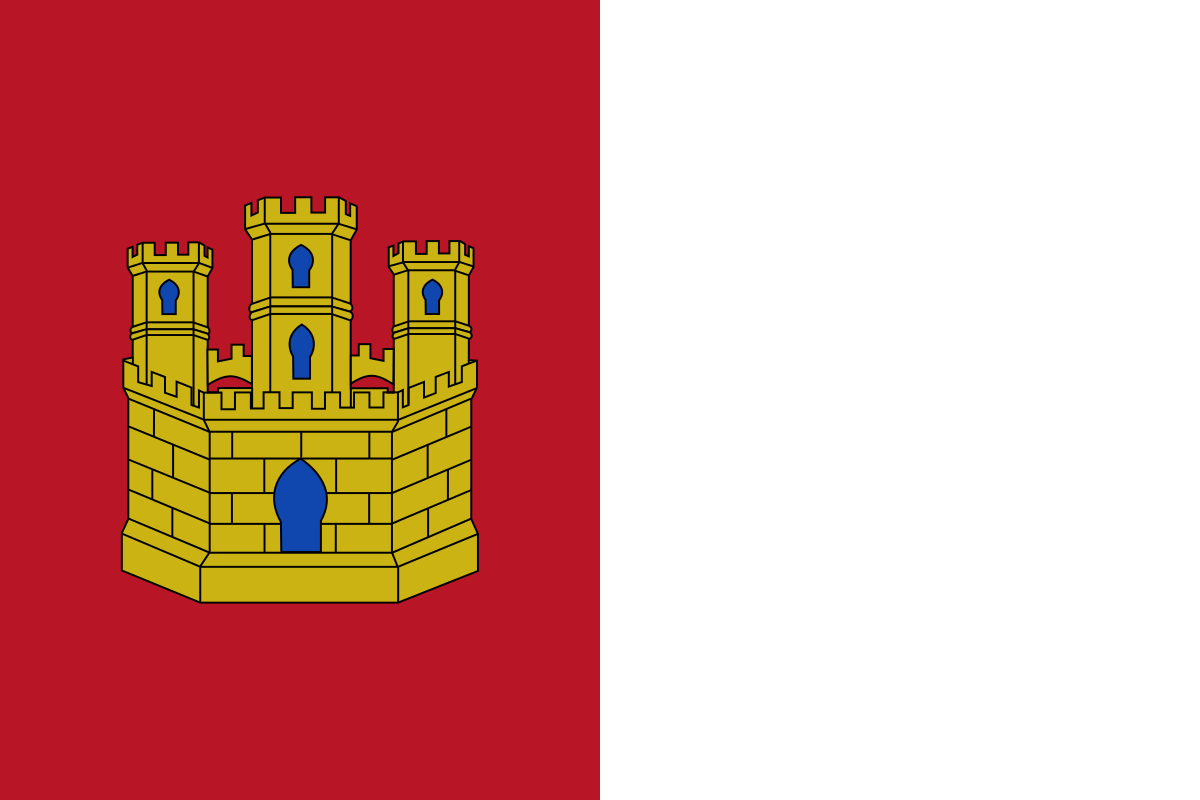 Castilla-La Mancha
Castilla-La Mancha
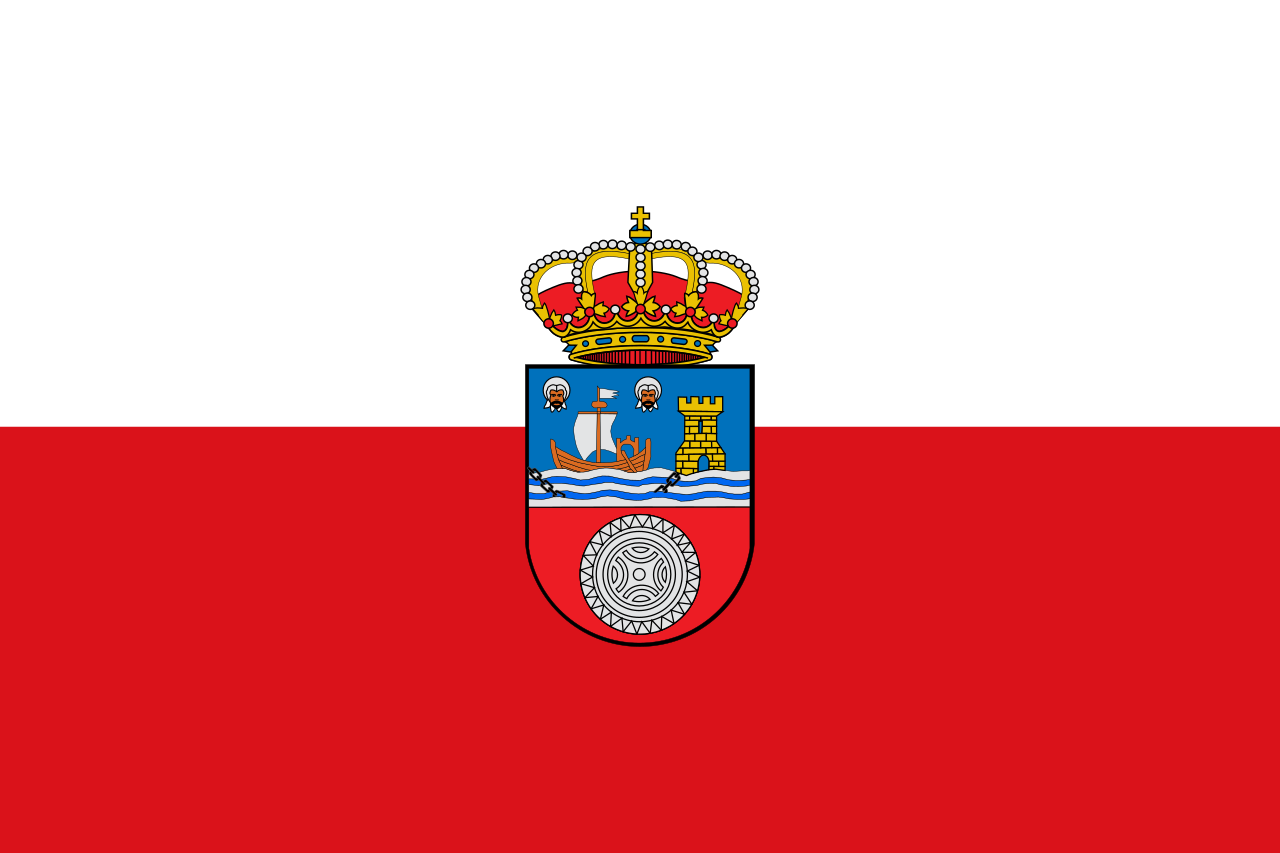 Cantabria
Cantabria
 Important port
Important port